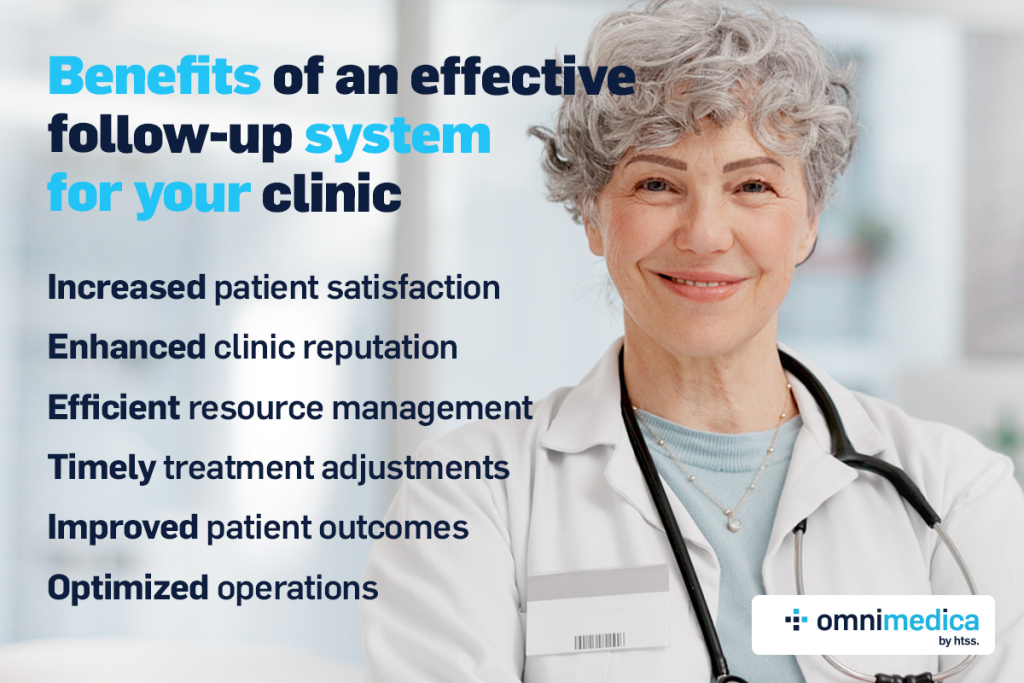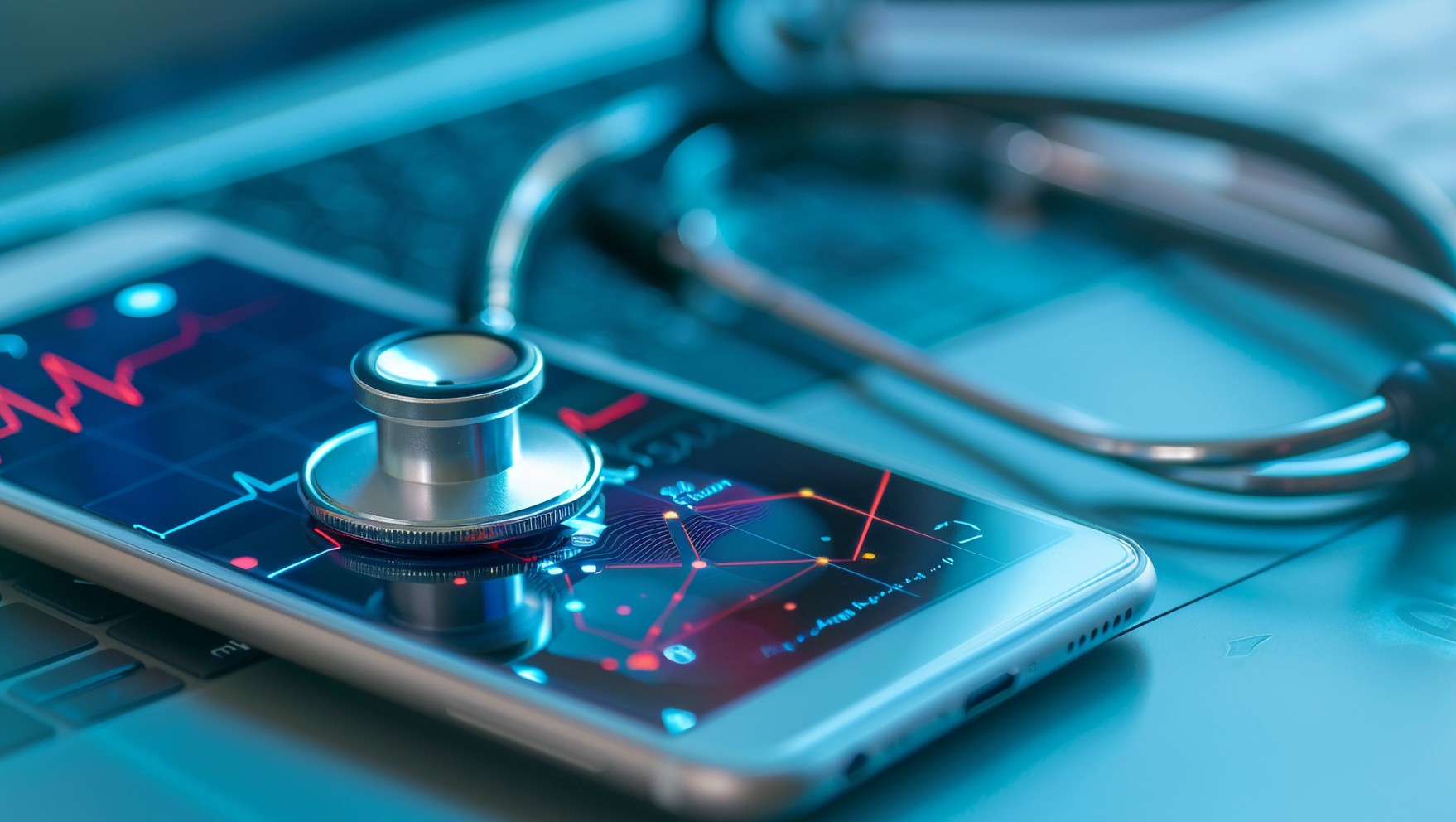Following the initial consultation and treatment, the follow-up procedure and the patient’s experience are essential variables that frequently influence the overall quality of care. Thus, keeping the quality of care high is essential to the patient experience. You may improve patient outcomes and experiences while strengthening your clinic’s capacity to provide continuity of treatment by putting in place an efficient medical follow-up system. The fundamentals of medical follow-up, its significance, and how to set up a system that functions flawlessly in your medical clinic will all be covered in this article.
What is a medical follow up?
The continued management of a patient’s health following the initial consultation and treatment is referred to as a medical follow-up. This procedure entails monitoring the patient overall and attending to any issues or problems that might surface after therapy. A follow-up’s objectives are to make sure the patient follows the recommended course of therapy, gets better, and that any possible problems are found and resolved quickly. There are several methods for conducting follow-ups, but at the present time, digital means of communication are gaining popularity.
The importance of medical follow ups in patient care
Follow up care is instrumental in building a trusting relationship between healthcare providers and patients. It plays a key role in making sure that patients receive the full range of necessary care through their medical treatment journey. Medical follow up appointments aid medical staff in monitoring and adjusting treatments on a case by case basis. It demonstrates a strong commitment to medical care, health and well being, and has major benefits in early detection of illnesses, which can prevent medical complications.

Main benefits of medical follow-up
Continuous monitoring procedures offer a number of significant benefits for both clinics and patients. In the long term, follow-up contributes to improving the quality of life of patients and their satisfaction with the medical services they receive, as well as to a more efficient management of medical resources.
Improved patient outcomes
Through follow up procedures, medical staff can monitor a patient’s progress during treatment and recovery. Constant monitoring allows medics to make timely adjustments and quickly react to any unforeseen situations before serious consequences on the patient’s health arise. As such, medical follow up is a productive approach that has the ability to reduce longer term health issues and complications from existing illnesses.
Improved patient satisfaction
Medical follow ups may likely make patients feel valued and satisfied with the care they receive, as they know that their healthcare provider is committed to their wellbeing beyond the initial medical treatment. In turn, improved satisfaction can translate into patient retention and an overall improved reputation for your medical clinic and services. Moreover, positive patient experiences contribute to an improved reputation for your clinic, which can attract new patients and reinforce the trust within your existing patient base.
Resource management
A good follow-up method will greatly improve your clinic’s resource management. These follow-up programs can help detect any medical problems in patients early on, preventing future problems from becoming worsened. This consequently lessens the strain on the available medical resources, enabling personnel to efficiently manage medical assets.
Effective methods of medical follow ups
There are several methods that can be used by a medical clinic to ensure that it consistently and effectively follows up on patients. Face-to-face meetings between doctor and patient still remain an essential option in monitoring the progress of patients. In addition to these, there are electronic methods, which involve the use of telephone and messaging services or digital ones, through which doctors can perform video consultations.
Face to face follow ups
Conventional in-person follow-ups continue to be essential to patient care, especially for patients recovering from surgery or those with long-term illnesses that need ongoing observation. However thanks to technological developments, patient follow-ups are growing to be more versatile as well as efficient.
Telephone and messaging follow ups
Telephone and text messaging follow ups are useful and convenient ways to continue ongoing communication with patients following their initial appointment. Telephone and text messaging follow ups assist bridge the gap between appointments in person, ensuring that patients feel understood and taken care of throughout their treatment journey, not just during the initial treatment received. While there are benefits to this type of communication, there are also numerous downsides.
Digital follow ups
Follow ups through telemedicine platforms are an effective and personal way to check in with patients who may not require a physical visit. This method has become increasingly popular due to the reduction of reliance on travelling. Telemedicine follow ups allow medical staff to assess conditions and treatment plans just as effectively, especially given the technological advancements in healthcarche management. Digital follow ups often consist of video consultations, making for a more immersive and comprehensive experience than phone calls or follow ups through messaging platforms.
How to implement an effective medical follow-up system
The implementation of a medical follow up system can be a vital piece of the puzzle in order to enhance the continuity of care for patients. Such implementation required planning, risk assesments and most importantly, it requires you to think with a patient centered mindset. A good first step is identifying your existing follow up procedures and assess what can be done better and if there are any gaps in existing procedures; Understanding your business needs is key.
You may want to consider what method of follow up is best suited for your patients. In 2024, a digital follow up system is modern and would simplify and enhance a majority of your patient’s experiences. It is essential to invest in the right technology and tools. If you opt for digital follow-ups, ensure that your clinic has a reliable and secure telemedicine platform. Solutions such as omnimedica, integrate seamlessly with exisiting EHR tools and is highly scalable, making it future proof.




